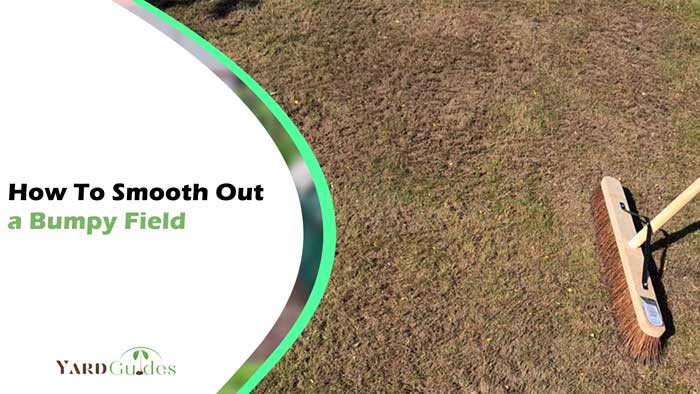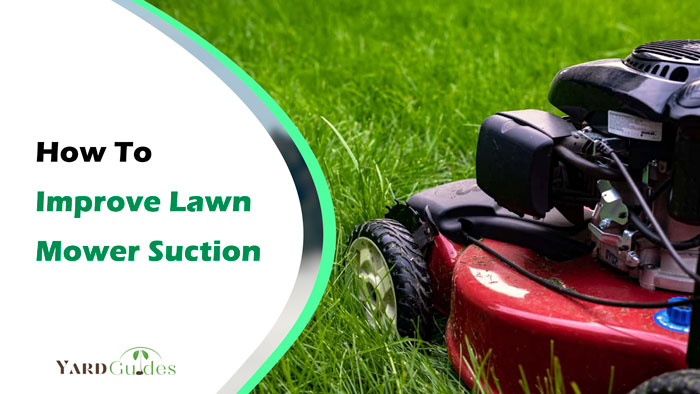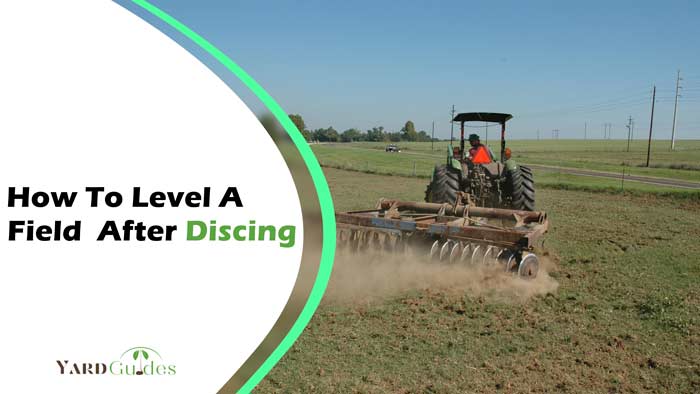You may be familiar with bump fields if you reside in the countryside. It’s upsetting and terrifying. Even if it is ignored, it might result in injuries and other concerns.
You may be wondering how to smooth out a bumpy field. Simply said, you must first address the reasons before implementing a solution. In general, it can be caused by poor soil preparation and drainage. The ideal option, though, is to simply level the soil and remove what causes the field to be bumpy. Additionally, aerating can help in some cases.
There might be various answers to this problem. We will try to provide you with the best practical solution out of all of these options. Before creating a solution, we will also discuss the reasons. So continue reading!
How to Smooth Out a Bumpy Field? In-Depth Discussion
In this section, we will discuss both the causes and fixes. We will try to give two methods. The first one will be a reliable and time-consuming thing. It may make a bumpy field smooth. The other one will be on the basis of people’s assumptions. It will give you a smoother field.
However, first let’s jump into the causes of a field being bumpy.
Causes of a Bumpy Field
Here are the main reasons for a bumpy field:
- Uneven thawing: During spring, frozen, compact clay soil may thaw unevenly, causing it to heave and buckle like a bunched-up carpet.
- Animal digging: Animals such as moles and pets can dig holes, leading to soil bumps or heaved turf.
- Human activity: Children playing or heavy equipment misuse may also create lumpy lawns, especially when the soil is too soft from rain or snow. Walking on lawns that are too soft can also create depression.
- Tree roots: Tree roots that grow in search of water or through frost heaving are also common reasons for bumpy fields. It can be even from trees in neighboring yards.
- Poor drainage System: Poor damage system too, can cause your field to be bumpy. it can make your soil soft by overflooding sometimes. When someone walks there, the soil digs.
Solution: Resetting the Soil
In this case, have a thorough look at where the soil gets dug or damaged. It will give you the next step hints, like what to do next. However, if you want to reset the soil and maintain a smooth and level field, you can follow these step-by-step instructions.
- Identify the damaged areas of the field and inspect what caused the damage. This will help you determine the best course of action and prevent future damage.
- Remove any debris or material from the damaged areas, and fill the holes with soil. This will help level the field and ensure the soil is even.
- Cut the grass evenly using a yard mower to make the field look neat and beautiful. This will also help prevent future damage and maintain a smooth surface.
- Use a roller to level the ground and make it smooth. Rolling the soil helps to compact it and prevent bumps and unevenness.
- Check the field’s drainage system to ensure it is working properly and not causing any over-flooding. If there are any issues, contact a professional to repair them. Proper drainage is crucial for a smooth and level field.
By following the above-mentioned steps, you can reset the soil. It will be a helpful step to level the field and prevent future bumps and damage.
Frequent care, such as mowing and rolling the soil, is required to guarantee a smooth and pleasurable playing surface for all activities.
Aerating Could Be Helpful for a Smooth Surface
Aeration is often referred to as core aeration. It is a method of lawn management that involves removing tiny cores or plugs of dirt and thatch from the ground. It is used to enhance soil structure and enable more nutrient and water penetration.
Aerating, however, isn’t a solution for a bumpy field. But doing it on a timely basis may help your ground be smoother. Although, it has certain issues, said experts.
Whether you’re a seasoned homeowner or new to lawn maintenance, here is a guide to help you aerate your lawn successfully.
Step 1: Mow your lawn
It is important to make sure to mow your lawn evenly initially. It will help avoid complexity.
Now be sure to check whether your lawn needs aeration by digging a square foot section on the edge of the lawn.
Don’t forget to examine the depth of the roots. If the roots are deep enough, you may start aeration.
Step 2: Water your lawn
In preparation for lawn aeration, soak your lawn with water (one inch should be perfect). A tuna can be a good option considering the amount of water.
Step 3: Mark the obstacles
Mark obstacles in the lawn such as sprinkler heads, pipes, and other objects. You are doing this to avoid damaging them during the aeration process.
Step 4: Aerate the lawn
Take an aerator. It can be a manual or automatic aerator. But it is always recommended to take an automatic aerator.
Because these are less hassled, required not much physical activity. It is best to aerate the lawn twice, each time traveling in opposing directions.
Step 5: Fertilize your Land and Seed your Grounds
Spread the seeds evenly across the entire yard. The soil plugs will mix with the seeds, enabling better access to the soil and promoting growth. Don’t forget to fertilize your ground before seeding.
So, following the steps might be helpful for you to aerate your field.
But please keep it in remind, to smoothen a bumpy field, the reasons should be found first. Acting according to the situation is the best solution here. Resetting the soil is the most reliable solution in that case.
Conclusion
Bumpy fields can be dangerous and cause injuries. To know how to smooth out bumpy fields, you have to know the potential causes and fixes. Uneven thawing, animal digging, human activity, tree roots, and poor drainage systems can be the reasons for a bumpy field.
However, to solve the issue, it is best to reset the soil by identifying the damaged areas first. Filling the holes with soil, and leveling the ground using a roller on the later part. Additionally, checking the field’s drainage system is crucial to maintain a smooth and level field.
Lastly, some suggest aeration can be a good solution. Although, it doesn’t produce anything to resolve to fix your bumpy field. But doing aeration in a timely manner may help your lawn grasses grow nicely and keep the field surface smooth.



